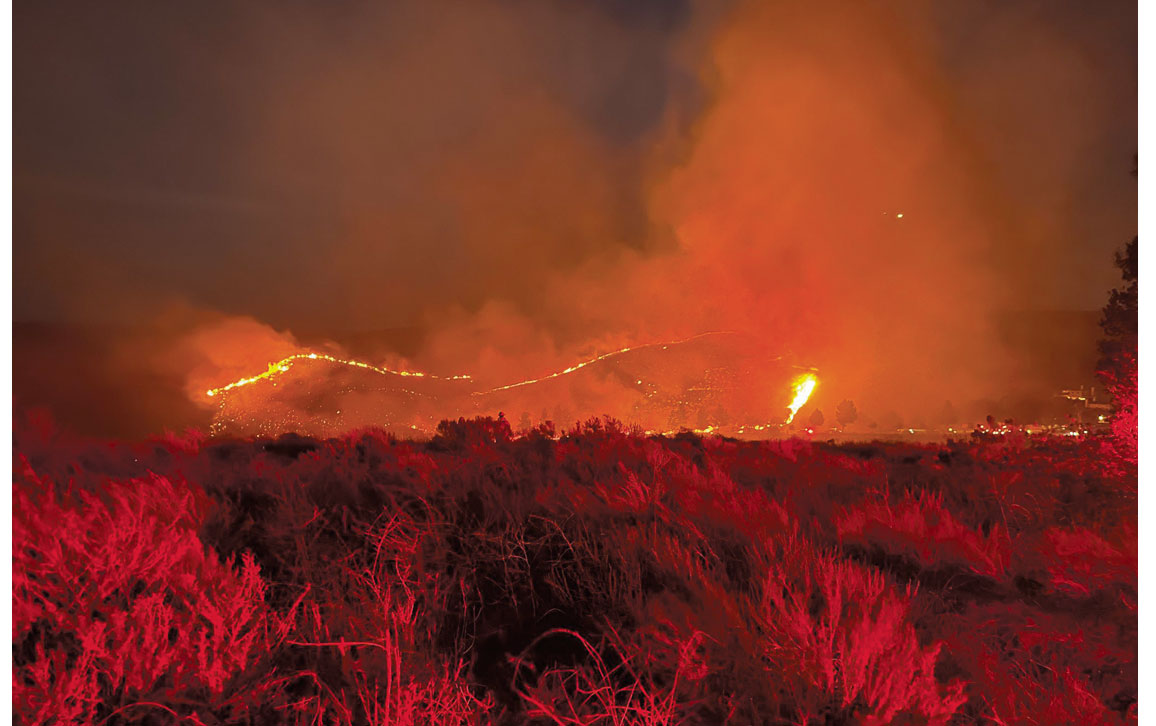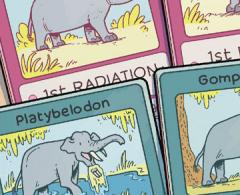
This Article From Issue
July-August 2024
Volume 112, Number 4
Page 249
THE AIR THEY BREATHE: A Pediatrician on the Frontlines of Climate Change. Debra Hendrickson. 256 pp. Simon & Schuster, 2024. $27.99.
In the world of medicine, we care for patients during flu season each year, but pediatrician and environmental scientist Debra Hendrickson has added “fire season” to her clinical calendar. Her new book, The Air They Breathe: A Pediatrician on the Frontlines of Climate Change, boldly asks us to confront what this new normal means in the context of climate change and health, especially children’s health.
Fire season, which for the Northern Hemisphere runs from roughly May through October, has been exacerbated by climate change. The season now lasts longer, and there has been an increase in the number of large fires and the amount of area burned; that is, the fires are more active. Wildfire smoke contains particle pollution that is extremely dangerous and full of harmful chemical compounds. Especially dangerous are the particles we cannot see, called microscopic particulate matter. These particles can be easily inhaled into the lungs and affect various organs. Hendrickson explains that inhaling particulate matter from smoke or air pollution can acutely affect a child’s breathing and may also negatively affect the development of multiple organ systems, such as the lungs, heart, kidneys, and brain.

Wikimedia Commons/Ventura County Fire Department Public Information Officer
Hendrickson cites that an estimated 90 percent of the global disease burden of climate change is borne by children under the age of five. Using a framework of exposure pathways, she explains the vast array of effects of climate change on the health of children, deftly connecting history, the science of climate change, its effects on ecology, the physiology of human health, and the lived experience of children and their families.
Although most of us have a basic understanding of climate change, many people, including some health care professionals, are unaware of the inextricable connection between climate change and health. Climate change is a threat multiplier, exacerbating extant illnesses and vulnerabilities. For children, these vulnerabilities stem from their stage of life: They are growing, developing, and dependent on others for care. Children are at risk for the consequences of climate change beginning in infancy, even in utero—studies show an increased incidence of preterm birth and low birth weight associated with air pollution and heat. The baseline metabolism of children is higher than that of adults, and their bodies’ surface-area-to-mass ratios are also higher, amplifying the effects of exposure to heat, air pollution, and ozone. Hendrickson relates such information in clear and accessible prose, incorporating these details smoothly into her storytelling.
“I know that statistics cloak the suffering of each child they count,” Hendrickson writes. Indeed, throughout the book, she centers the individual stories of various children, providing real-life examples of the relationship between climate change and health. With each patient narrative, she unpacks both the physiologic experience and the deeply personal, human one. The stories she shares illustrate how exposure pathways lead to various health issues in her patients: for example, extremely high temperatures to heatstroke, air quality to asthma, and flooding to both physical and mental health complications.
Hendrickson tells the stories of two healthy young boys suffering the devastating consequences of exercising in extreme heat: Acclimatization and adult accompaniment could not mitigate the physiologic necessity to stay cool. In addition to outlining the metabolic physiology of the body’s cooling processes, Hendrickson discusses the ever-increasing temperature extremes, and how the bodies of children and teenagers sweat less and heat faster than those of adults. Children are not simply small adults; an adult’s experience of heat is different than a child’s, and so adults can miss important warning signs of overheating and heatstroke in children.
And what of the disruption of home, of place? Floods and wildfires not only have the potential to cause physical illness, but also to traumatize and displace families, resulting in post-traumatic stress disorder (PTSD) and the loss of education for children, which Hendrickson illustrates in another story. And she reminds us that exposure to not just one, but to potentially multiple adverse childhood events (ACEs), can have lifelong effects on their mental health and well-being: “Intensifying natural disasters are increasing adverse childhood experiences and toxic stress—and the effects are not easily undone.”
Despite the urgency of climate change and its detrimental effects on children’s health, Hendrickson is doing more than simply sounding an alarm in this book. In the concluding chapter, she details a spectrum of actions that can be taken, as well as the creativity of passionate individuals whose work provides further avenues for action. She describes a wide range of possibilities, from policy advocacy to projects developed by children such as Lillian Fortuna, who created the “Dear Friends” initiative, which started off as a monthly letter-writing project, with letters to friends, sharing information about animal-related or environmental topics. She eventually created a website, madplanet.org, so that a bigger audience could read these letters. Later, her petition on change.org to invoke the Defense Protection Act caught President Biden’s attention. Hendrickson asks us to consider our moral commitment to children and their future, but she also shares practical and accessible ways forward, empowering us to engage in meaningful action.
Climate change is a crisis that affects us all, but affects children and their health most profoundly. The Air They Breathe deepens our understanding of the climate crisis, its inextricable connection to our shared humanity, and our responsibility to our children, their health, and their futures.

American Scientist Comments and Discussion
To discuss our articles or comment on them, please share them and tag American Scientist on social media platforms. Here are links to our profiles on Twitter, Facebook, and LinkedIn.
If we re-share your post, we will moderate comments/discussion following our comments policy.